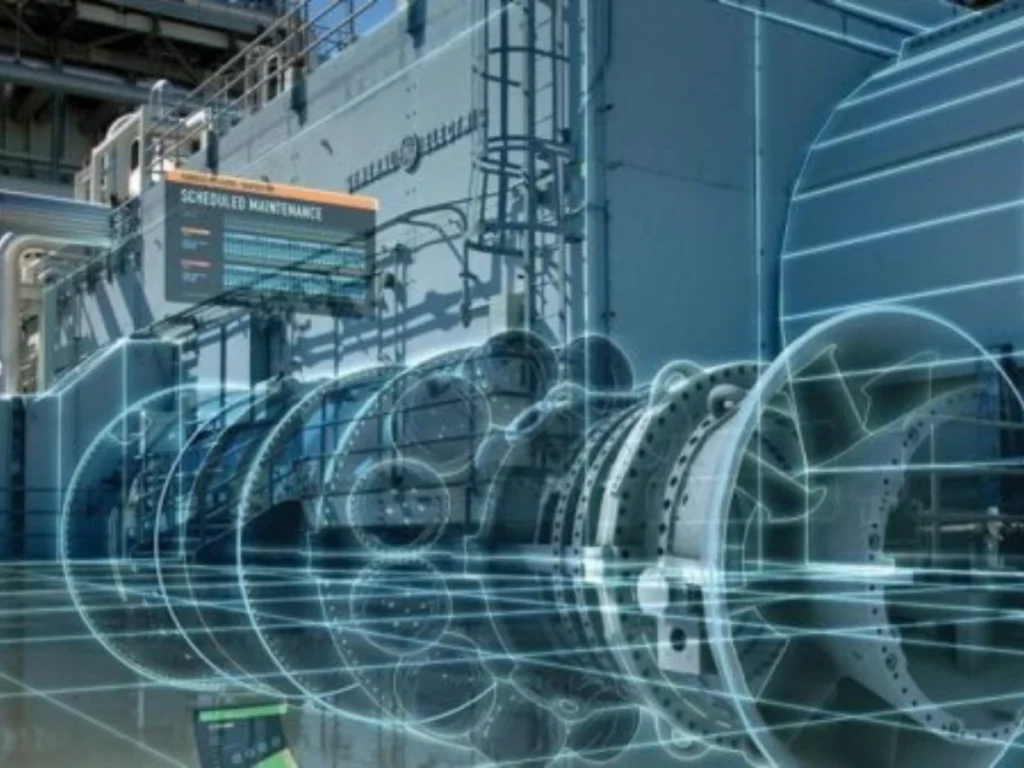The aerospace and defense (A&D) industry has always been at the forefront of innovation, a testament to humanity’s drive to explore the skies and beyond. Today, this industry stands at a pivotal moment where digital transformation is not merely an option but a necessity for navigating a landscape shaped by rapid technological advancements, supply chain disruptions, and shifting global demands.
Key technologies driving this transformation:
At the heart of digital transformation in aerospace and defense are several groundbreaking technologies that bridge the gap between the physical and digital worlds:
Immersive Technologies: Augmented reality (AR) and virtual reality (VR) transform training and design processes by offering realistic simulations and collaborative environments.
Digital Twins and Digital Threads: Digital twins create virtual replicas of physical systems, enabling organizations to simulate, analyze, and optimize performance without physical risks or costs. Digital threads provide a seamless flow of data across the product lifecycle, connecting design, manufacturing, and operations.
Industrial Sensors: These sensors enable real-time monitoring of equipment, supporting predictive maintenance and minimizing downtime.
Artificial Intelligence (AI) and Machine Learning (ML): AI and ML drive data-driven decision-making, enhancing forecasting accuracy, operational efficiency, and sustainability.
Cloud Computing and Connectivity: These technologies ensure robust data management, scalability, and real-time updates essential for integrating digital solutions.
One of the most profound impacts of digital transformation lies in its ability to redefine training and workforce development. AR and VR tools are empowering personnel to train in highly realistic environments, reducing risk while improving retention and skill acquisition. The German defense forces’ use of AR-equipped rigs for A400M aircraft maintenance training is a prime example of immersive technologies driving operational efficiency. Such advancements are critical in addressing the industry’s ongoing challenge of attracting and retaining STEM talent.

Immersive technologies like virtual and augmented reality are game-changers in aerospace. They allow us to visualize complex designs and processes, train our people more effectively, and ultimately create better, more innovative products.
Dennis Mullenburg (Former CEO, Boeing)
Sustainability, a pressing concern for the A&D sector, has also found an ally in digital technologies. From enabling virtual validation of eco-friendly aircraft designs to optimizing engine performance, digital tools are helping the industry reduce its carbon footprint. Rolls-Royce, for instance, has utilized digital twins to extend engine maintenance intervals, resulting in significant reductions in fuel consumption and emissions. Such innovations align with broader industry goals to meet stringent environmental standards while maintaining profitability.
However, the journey toward a digitally transformed future is not without its hurdles. Interoperability, cybersecurity, and legacy systems remain significant challenges. The Capgemini report highlights that nearly 60% of organizations cite the lack of unified data platforms as a barrier to scaling digital twin initiatives. Addressing these issues requires a concerted effort to build intelligent digital infrastructures and foster industry-wide collaboration. For instance, consortiums like the Digital Twin Consortium are driving standardization and interoperability, creating a foundation for seamless integration across the value chain.

Moreover, the rise of the industrial metaverse adds a new dimension to the digital transformation narrative. By combining digital twins with immersive technologies, the metaverse enables unprecedented collaboration, from virtual factory tours to real-time testing of components. Early adopters in the A&D sector are exploring its potential to enhance both internal operations and customer experiences. For example, India’s Bengaluru International Airport’s BLR Metaport allows passengers to virtually navigate its terminal, offering a glimpse into the future of travel augmented by digital innovation.
The stakes are high for A&D companies as they navigate this digital transformation. Those that succeed in embedding digital at the core of their operations can expect significant rewards, including increased revenue, faster time-to-market, and enhanced stakeholder trust. As Capgemini’s research indicates, organizations that effectively scale their digital initiatives see up to four times the return on investment compared to their peers. On the other hand, failure to act could lead to escalating costs and eroding market share.

In conclusion, the digital transformation of the aerospace and defense industry is a journey of both challenge and opportunity. By leveraging technologies like digital twins, AR, and AI, companies can redefine their operations and create a sustainable, resilient future. The industry’s willingness to embrace innovation will not only shape its trajectory but also reinforce its role as a global leader in technological advancement. As the boundaries between the physical and digital worlds blur, the possibilities for driving innovation in A&D are limitless.

About the AuthoR
Shashank Space
An aerospace engineering undergraduate and cofounder of AeroSync Digital, Shashank is dedicated to driving digital transformation in aerospace and defense. With experience in startups and accolades like designing a Mars exploration vehicle, he’s passionate about pushing the boundaries of innovation.



Leave A Comment